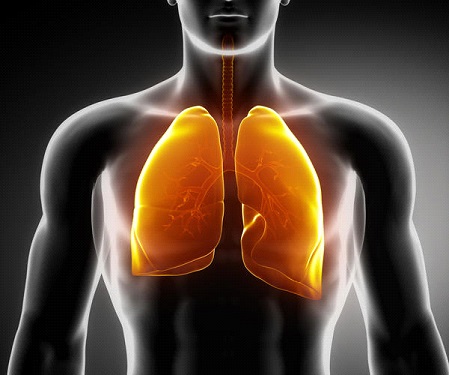Acute Respiratory Distress Syndrome Symptoms, Causes, Complications, Diagnosis and Treatment

What Is Acute Respiratory Distress Syndrome ?
It occurs when the accumulation of fluid takes place in the alveoli, present in the lungs. Alveoli are the minute air sacs that are elastic in nature. More and more accumulation of fluid in the lungs causes reduced supply of oxygen to the bloodstream. Indeed, by this, the organs are provided with insufficient oxygen, consequently affecting their normal functioning.
Acute respiratory distress syndrome occurs in individuals with major injuries, or those who are seriously ill. Intense shortness of breath tends to be the key indication of acute respiratory distress syndrome that often develops within some time, say hours-days after the initial trauma or disease.
A small percentage of patients with ARSD manage to survive, wherein few recover entirely, others develop permanent damage to their lungs. In addition to its characteristics, chances of death raises with the intensity of illness and with age.
What Are The Symptoms Of Acute Respiratory Distress Syndrome ?
Indications of acute respiratory distress syndrome may vary in terms of severity, depending upon the trigger, plus the presence of an underlying lung or heart disease. Few common symptoms are:
- Serious difficulties to breath.
- Low blood pressure.
- Confusion.
- Rapid breathing.
- Extreme fatigue.
What Causes Acute Respiratory Distress Syndrome ?
Basically, it occurs due to the leakage of fluid from the blood vessels present in our lungs, into the air sacs, a place where our blood is oxygenated. Generally, a membrane helps to keep the fluid in our vessels. Serious injury or illness can lead to inflammation which tends to weaken the integrity of the membrane, resulting in the leakage of fluid.
Certain underlying causes of acute respiratory distress syndrome are:
- Sepsis.
- Severe pneumonia.
- Prolonged exposure to harmful substances.
- Major injury to chest or head etc.
What Are The Complications Of Acute Respiratory Distress Syndrome ?
Acute respiratory distress syndrome is a serious, say fatal disease. However, thanks to the advance treatment options present nowadays, more patients are surviving. Wherein few manage to recover completely, whereas others develop serious, permanent damages, few of which are:
Pulmonary fibrosis, scarring of lungs.
- Pneumothorax, collapsed lung.
- Infections.
- Blood clots.
- Abnormal functioning of lungs.
- Emotional, cognitive and memory problems.
How Is Acute Respiratory Distress Syndrome Diagnosis ?
There are no particular tests that can help detect acute respiratory distress syndrome. Diagnosis is done on the basis of chest X-rays, physical evaluation, oxygen levels plus, excluding other possible conditions that can cause similar signs, such as some heart problems.
How Is Acute Respiratory Distress Syndrome Treatment ?
The health care provider will initially take steps to improve oxygen levels in the blood. As mentioned earlier, inadequate oxygen can disturb the proper functioning of them. Besides, managing the levels of IV fluids is also important. The doctor can suggest medications to:
- Treat and avert infections.
- Ease discomfort and pain.
- Sedate.
- Reduce gastric reflux.
- Prevent clots.
By : Natural Health News




